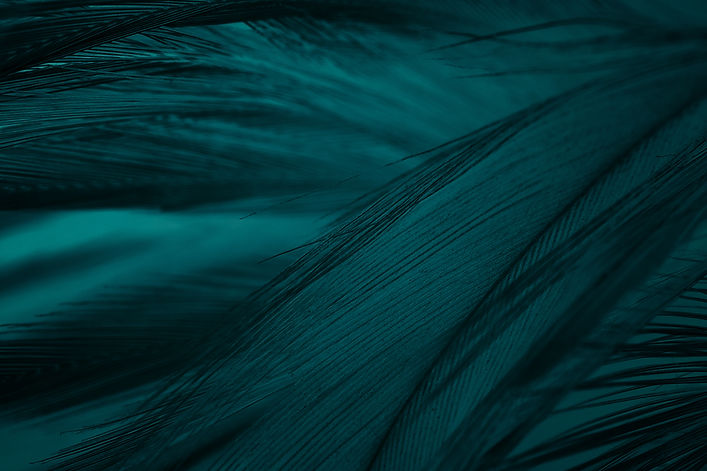The Security Studies Journal of The Fletcher School, Tufts University
Vol. 12 No. 1 | 2025 Edition
Vol. 10 No. 1 | 2023 Edition
It is important to analyze why the issue of wildlife crime as a security risk has been leaned into so heavily, even when the hard data to support the extent of such claims across all wildlife crime doesn’t necessarily exist. In her book Security and Conservation, Duffy argues that there are three main ways in which the illegal wildlife trade is articulated as a global security threat. First is the notion that poaching and trafficking undermine the rule of law, which therefore encourages corruption and contributes to instability in governance. Second is the argument that armed groups use illegal wildlife trafficking as a means of funding and growing their operations. And third, that wildlife crime is combined with other illicit trades as a source of funding for activities that threaten security, since criminal networks often tap into various illegal trades and activities to opportunistically source power and funding.
This piece is offered in PDF format for easier reading.

